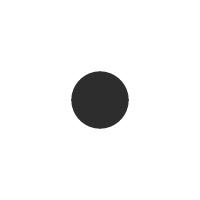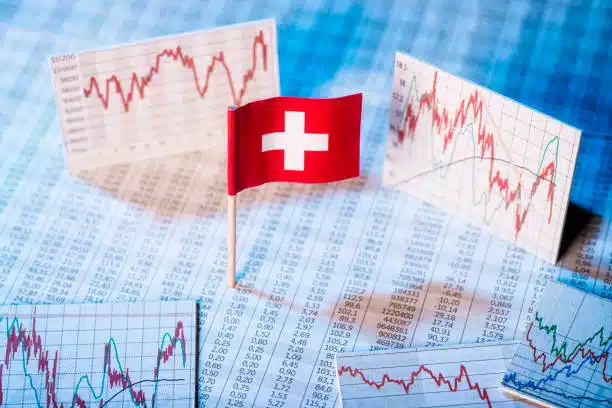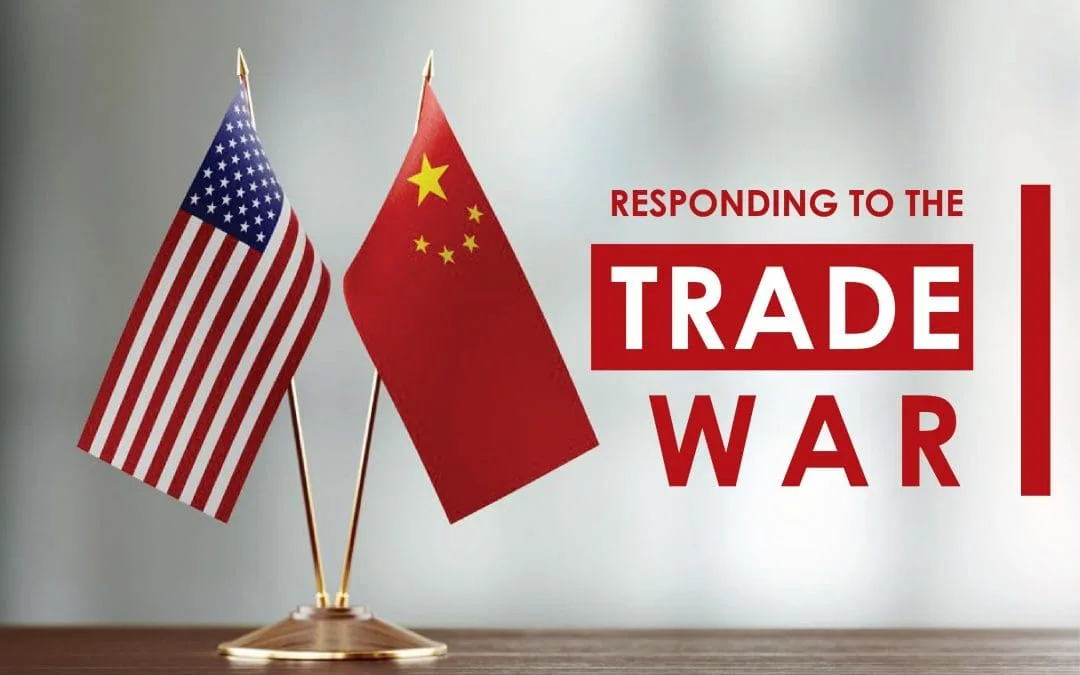The primary stock market index in Switzerland is the blue-chip Swiss Market Index (SMI), which consists of twenty of the largest and most liquid stocks from the Swiss Performance Index (SPI). The SMI is a price index and does not account for dividends.
Introduction of the Swiss Market
On June 30, 1988, the SMI was first released, with a base score of 1,500 points. On July 2, 2019, it closed above the 10,000-point threshold for the first time.
On June 17, 2021, it achieved the 12,000-point milestone. After dropping more than 20%, it entered a bear market on September 22, 2022, and is now in one.
This put an end to the bull market, which on December 28, 2021, had achieved an all-time high closing price below $13,000
Once a year, its composition is evaluated. There are two mid-caps and eighteen large-caps as of September 2022. Real-time calculations are made.
The instant a new transaction takes place in a security that is part of the SMI, the index level is updated and shown.
The SMI comprises 85% to 90% of the trading turnover of Swiss and Liechtenstein stocks listed on the SIX Swiss Exchange and around 70% of the capitalization of the free-float Swiss equity market.
It serves as a benchmark for many mutual funds, index funds, and exchange-traded funds (ETFs) and is also the underlying index for derivative financial instruments, including options, futures, and structured products.
The SMI is registered with the European Securities and Markets Authority and, along with other SIX indices, was endorsed under the EU Benchmarks Regulation in 2020.
This endorsement allows it to be used as a basis for financial products marketed in the EU.
Rules & Regulation Swiss Market
Acceptance criteria Swiss Market
The SPI serves as the SMI’s underlying universe, from which candidate constituents are chosen. To be approved for inclusion in the SMI, an issue must fulfil strict criteria related to market capitalization and liquidity.
It must, on the one hand, account for a minimum of 50% of the average liquidity of the issues that make up the SPI.
However, it must have a minimum free-float capitalization that is at least 0.45% of the total SPI capitalization. The deciding elements in the quarterly rankings are therefore capitalization and trading volume.
Every year on the third Friday in September, the content of the index is examined.
Fixed number of 20 securities Swiss Market
The SMI comprises a fixed number of 20 securities as of the ordinary review date in September 2007. Prior to this date, the index contained 25 listings.
It is worth noting that the number of constituents of the index (20) is below the generally accepted minimum sample size of 30 required to reach statistical significance.
Capped weightings Swiss Market
In 2017, SIX Swiss Exchange modified the rules of the SMI to address the issue where the top three constituents (Nestlé, Roche, Novartis) represented over 60% of the index capitalization.
The change introduced capped weighting, ensuring that no constituent’s weight in the SMI index could exceed 18%.
Adjusting any weight that exceeds 18% down to that value is done every quarter.
However, if a constituent reaches a weight exceeding 20% during a quarter (intra-quarter breach), then the weight is brought back to 18% without waiting for the next quarterly review.
During the transition, changes were progressively implemented in steps of at most 3% per quarter to make the transition smoother.
Additionally, a new index, the SPI 20, was created to continue indexing the 20 SMI constituents without any caps.
SMI Constituents Swiss Market
Current constituents
As of June 13, 2023, the SMI index consists of the following 20 stocks. The ranking is based on free-float capitalization as of June 13, 2023.
The first ten weights are as of April 28, 2023, and the other weights are as of March 23, 2020. The most recent update following the regular review took place in June 2023, when Kuehne + Nagel replaced Credit Suisse Group.
| Rank | Name | Industry | Ticker | Canton | Weighting in % |
|---|---|---|---|---|---|
| 1 | Nestlé SA | Food | NESN.SW | Vaud | 19 |
| 2 | Roche Holding AG | Pharmacy | ROG.SW | Basel | 17 |
| 3 | Novartis International AG | Pharmacy | NOVN.SW | Basel | 17 |
| 4 | Compagnie Financière Richemont SA | Luxury Goods | CFR.SW | Geneva | 7 |
| 5 | Zurich Insurance Group AG | Insurance | ZURN.SW | Zurich | 6 |
| 6 | UBS Group AG | Banks | UBSG.SW | Zurich/Basel | 5 |
| 7 | ABB Ltd | Electrical equipment | ABBN.SW | Zurich | 4 |
| 8 | Lonza Group AG | Chemistry | LONN.SW | Basel | 4 |
| 9 | Sika AG | Chemistry | SIKA.SW | Zug | 3 |
| 10 | Alcon Inc | Pharmacy | ALC.SW | Fribourg | Private Equity |
| 11 | Givaudan SA | Chemistry | GIVN.SW | Geneva | 3 |
| 12 | Holcim Limited | Building materials | HOLN.SW | St. Gallen | 2 |
| 13 | Swisscom AG | Telecommunications | SCMN.SW | Bern | 2 |
| 14 | Partners Group Holding AG | Private equity | PGHN.SW | Zug | 2 |
| 15 | Swiss Reinsurance Company Ltd | Insurance | SREN.SW | Zurich | 2 |
| 16 | Sonova | Medical devices | SOON.SW | Zurich | 2 |
| 17 | Geberit AG | Sanitary engineering | GEBN.SW | St. Gallen | 2 |
| 18 | Swiss Life Holding AG | Insurance | SLHN.SW | Zurich | 1 |
| 19 | Logitech International SA | Computer hardware and software | LOGN.SW | Vaud | 1 |
| 20 | Kuehne + Nagel | Logistics | KNIN.SW | Schwyz | 1 |
SMI family
SMI refers to a family of indices that include the SMI itself and the SMI MID, which comprises the next 30 large-caps and mid-caps, and the SMI Expanded, encompassing all 50 shares.
These indices come in various variations. For instance, the SMI, a price index, also exists as a performance index known as the SMI Cum Dividend (SMIC), which factors in dividend distributions.
History of Switzerland Market Index
History of index constituents
| Date | Event |
|---|---|
| June 2007 | The ranking as of 30 June 2007 (according to average capitalization and the turnover achieved during one year, i.e. from 1 July 2006 through 30 June 2007) determined which companies would remain within the SMI after the number of issues was changed to 20. On 5 July 2007, SWX announced that Ciba Specialty Chemicals, Lonza Group, Givaudan, SGS and one of the two classes of shares of Swatch Group would leave the SMI as of 24 September 2007 leaving 20 securities in the index. |
| September 2009 | Swiss Life was replaced by Transocean. |
| June 2010 | Synthes was replaced by Geberit following the merger with Johnson & Johnson. |
| September 2011 | Lonza Group replaced by Givaudan. |
| June 2012 | Transocean was replaced by Swiss Life. |
| January 2016 | Actelion was replaced by Lonza Group after Actelion’s purchase by Johnson & Johnson. In the same month, Sika AG replaced Syngenta after its purchase by ChemChina. |
| May 2017 | Actelion replaced by Lonza Group after Actelion’s purchase by Johnson & Johnson. In the same month, Sika AG replaced Syngenta after its purchase by ChemChina. |
| June 2018 | Sika announced a 1:60 stock split. Before this change, it was the SMI constituent with the highest price per share. |
| April 2019 | Adecco was replaced by Partners Group after the ordinary index review. |
| September 2020 | Lonza Group and SGS replaced Nobel Biocare and Bâloise. |
| May 2021 | LafargeHolcim renamed to Holcim. |
| September 2021 | Swatch Group was replaced with Logitech. |
| September 2022 | SGS SA was replaced with Sonova. |
| June 2023 | Nobel Biocare and Bâloise were replaced by Lonza Group and SGS. |
Historical values
The following table shows the annual development of the Swiss Market Index since 1988
| Year | Closing level | Change in Index | |
|---|---|---|---|
| (Points) | (%) | ||
| 1988 | 1,435.40 | ||
| 1989 | 1,778.10 | 342.70 | 23.87 |
| 1990 | 1,383.10 | −395.00 | −22.21 |
| 1991 | 1,670.10 | 287.00 | 20.75 |
| 1992 | 2,105.40 | 435.30 | 26.06 |
| 1993 | 2,956.70 | 851.30 | 40.43 |
| 1994 | 2,629.30 | −327.40 | −11.07 |
| 1995 | 3,299.20 | 669.90 | 25.48 |
| 1996 | 3,942.20 | 643.00 | 19.49 |
| 1997 | 6,265.50 | 2,323.30 | 58.93 |
| 1998 | 7,160.70 | 895.20 | 14.29 |
| 1999 | 7,570.10 | 409.40 | 5.72 |
| 2000 | 8,135.37 | 565.27 | 7.47 |
| 2001 | 6,417.84 | −1,717.53 | −21.11 |
| 2002 | 4,630.75 | −1,787.09 | −27.85 |
| 2003 | 5,487.81 | 857.06 | 18.51 |
| 2004 | 5,693.17 | 205.36 | 3.74 |
| 2005 | 7,583.93 | 1,890.76 | 33.21 |
| 2006 | 8,785.74 | 1,201.81 | 15.85 |
| 2007 | 8,484.46 | −301.28 | −3.43 |
| 2008 | 5,534.53 | −2,949.93 | −34.77 |
| 2009 | 6,545.91 | 1,011.38 | 18.27 |
| 2010 | 6,436.04 | −109.87 | −1.68 |
| 2011 | 5,936.23 | −499.81 | −7.77 |
| 2012 | 6,822.44 | 886.21 | 14.93 |
| 2013 | 8,202.98 | 1,380.54 | 20.24 |
| 2014 | 8,983.37 | 780.39 | 9.51 |
| 2015 | 8,818.09 | −165.28 | −1.84 |
| 2016 | 8,219.87 | −598.22 | −6.78 |
| 2017 | 9,381.87 | 1,162.00 | 14.14 |
| 2018 | 8,429.30 | −952.57 | −10.2 |
| 2019 | 10,616.94 | 2,187.64 | 25.95 |
| 2020 | 10,703.51 | 86.57 | 0.82 |
| 2021 | 12,875.66 | 2,172.15 | 20.29 |
| 2022 | 10,729.40 | −2,146.26 | -16.67 |
| 2023 | 11,137.79 | 408.39 | 3.81 |
Standards
The table below displays the historical milestones of the Swiss Market Index. Please note that the latest values are not final: italicized values indicate that they may be revisited if the bear market continues, while values in parentheses suggest that they will be revisited if a bull market is reentered (i.e., the previous peak is reached again). Other values may be revisited in the event of a crash, assuming a threshold of -50%.
To maintain a logarithmic scale, the table uses increments similar to exchange ticks: 1 between 5 and 10, 2 between 10 and 20, 5 between 20 and 50, 10 between 50 and 100, and so on.
| (Closing price) | Value | First seen | Latest seen |
|---|---|---|---|
| Calibration | 1,500.00 | 30 June 1988 | 2 February 1991 |
| Record low | 1,279.00 | 14 January 1991 | |
| Milestone | 1,600.00 | 2 November 1988 | 24 December 1991 |
| Milestone | 1,800.00 | 2 August 1989 | 6 October 1992 |
| Milestone | 2,000.00 | 14 December 1992 | 14 December 1992 |
| Milestone | 2,500.00 | 5 October 1993 | 30 March 1995 |
| Milestone | 3,000.00 | 5 January 1994 | 25 September 1995 |
| Milestone | 3,500.00 | 7 March 1996 | 2 August 1996 |
| Milestone | 4,000.00 | 16 January 1997 | 14 March 2003 |
| Milestone | 4,500.00 | 17 February 1997 | 10 March 2009 |
| Milestone | 5,000.00 | 5 May 1997 | 11 August 2011 |
| Milestone | 6,000.00 | 8 July 1997 | 29 June 2012 |
| Milestone | 7,000.00 | 25 February 1998 | 3 January 2013 |
| Milestone | 8,000.00 | 1 July 1998 | 9 December 2016 |
| Milestone | 9,000.00 | 12 January 2007 | 30 March 2020 |
| Milestone | 10,000.00 | 2 July 2019 | 3 November 2020 |
| Milestone | 12,000.00 | 17 June 2021 | 17 May 2024 |
| Maximum close | 12,970.53 | 28 December 2021 | (December 28, 2021) |
| Record high | 12,997.15 | 3 January 2022 | |
| SMI performance between 1988 and 2012 | |
| Foundation | 30 June 1988 |
|---|---|
| Operator | SIX Swiss Exchange |
| Exchanges | SIX Swiss Exchange |
| Trading symbol | SMI |
| Constituents | 20 |
| Type | Large-cap, price index |
| Market cap | CHF 1,046 billion (26 February 2021, free-float-adjusted) |
| Weighting method | Market-value-weighted |
| Related indices | SMI MID, SMI Expanded, SPI 20, SPI, SLI |
| Website | six-group.com |
| ISIN | CH0009980894 |
| Reuters | .SSMI |
| Bloomberg | SMI:IND |
We appreciate your readership. Stay connected with us to stay informed about global updates in the financial markets, particularly from The Wall Street
Read more
Nvidia’s Q1 Profit up by 600%, 10:1 Stock Split Announced
Google Attacks on Microsoft’s Cyber-security To Steal Users

Becky Scott is a seasoned finance journalist specializing in providing expert guidance on financial news and trends. With a career dedicated to demystifying complex economic topics, Becky offers clear and insightful analysis that empowers readers to navigate the world of finance with confidence. Her articles are known for their practical advice and thorough research, aimed at helping individuals and businesses make informed financial decisions. Becky Scott’s passion for financial literacy is evident in her commitment to delivering accurate and accessible information that resonates with a wide audience.







